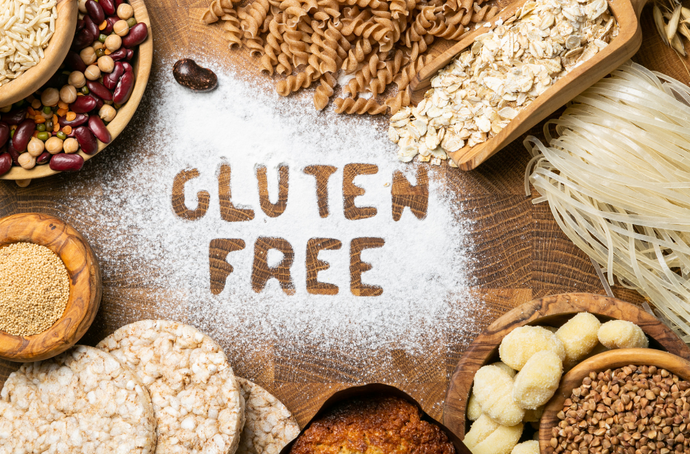
Grass-fed meat or grass-fed beef, as the name suggests, comes from cows that eat for the most part grass. They come from cattle raised on grass pastures. Grain-fed cows eat an eating routine enhanced with soy and corn and different added substances. Grain-fed care of cows can likewise be given anti-microbials and development chemicals to fill them out more rapidly.
Benefits of Grass-fed
Below are some of known great health benefits,
- Health Benefits
- Grass-fed beef gives additional benefits than traditional, grain fed beef.
- In general, it is investigated to be a healthier option since it has less total fat, thus, possessing less calories.
- The nutritional substance of fat is also unique. For instance, this beef has five times omega-3 fatty acids as compared to the standard grain fed beef.
- Grass-fed beef has significantly minimal levels of saturated fats in comparison to grain-fed beef. In actual fact, the fat content of grass-fed beef can be compared to skinless chicken.
- Moreover, aside from the fact that it is loaded with B-vitamins, grass fed has been scientifically proven to contain rich in Vitamins A,E and other antioxidants in comparison to a grain fed beef.
- Grass-fed beef is a prominent provider of diverse vitamins and minerals that aid your cells combat damage and your body boost tissue cartilages and stronger muscles.
- Sources also state that Grass-fed meats are way tastier and is richful in taste as compared to some other sorts of beef.
- Grass fed is leaner and possesses richer protein levels.
- Grass fed meat contains as much as multiple times more Omega-3 (great fats found in slick fish) than grain fed type.
- Environmental Benefits
- Environmental effects show a lesser impact especially, harsh factory farming methodology, the growth of infection, waste management problems, and the overuse of antibiotics and hormones in conventional beef production have all been accurately documented.
- Raising creatures out of imprisonment can decrease natural impression contrasted grain-fed beef. Nibbling on grass limits the development of woody plants that make meadows cold to grass.
- Very much oversaw munching and grass-took care of tasks are better for the climate. They utilize less energy-concentrated sources of info and, by routinely moving creatures to new fields and getting them far from streambeds, they spread the fertilizer all the more equally and work on the quality and amount of scavenge development.
Some Cons of Grass Fed Meat
With all the benefits and advantages of grass-fed meat listed above, there are also some fair share of disadvantages. Below are some of them.
Grass Fed meat is hard to find.
This type of meat is way more expensive as compared to grain-fed beef.
Grass Fed Meat Vs Grain Fed Meat
What are Grain fed meats by the way? The cow is raised generally on grains like soy, maize or corn constantly prior to butchering, and their meat is known as Grain Fed Beef. Grains are a lot higher in fats that permits the cow burning-through it to become significantly quicker.
They differ in fatty acid composition. Grass-fed beef generally has minimal total fat compared to grain-fed beef, therefore, grass-fed beef has fewer calories. In addition to that, grass-fed may contain less total fat but have omega-3 fatty acids which are beneficial to one’s health.
More nutritious for grass-fed beef. In comparison to a grain-fed beef, grass-fed contains higher Vitamins A, such as beta carotene, and also Vitamin E, an antioxidant. Traditional grain-fed is definitely more nutritious, however, grass-fed contains more carotenoids, vit E, and other essential antioxidants.
They have flavour differences. grass-fed provides a more refined and intricate flavour form. For the grain-fed, as the saying goes, “it takes like butter”. Maybe it's due to a controlled reinforcement environment.
They have a difference in meat colour. Meat that is grass-fed has a slight yellow color in their fat. On the other hand, grain-fed meat has brighter and whiter fat because of increased sugar and fat content of the grain.
TO SUMMARIZE,
When picking beef — regardless of whether it's grass-took care of meat or another sort of meat — select lean (10% fat or less). Grass-took care of meat is for the most part more costly than customary grain-took care of meat. Likewise, there is restricted long haul exploration to absolutely demonstrate that grass-took care of meat is better for you. Converse with your primary care physician or dietitian in case you're contemplating adding more lean beef, including grass-fed meat, into your eating routine.

